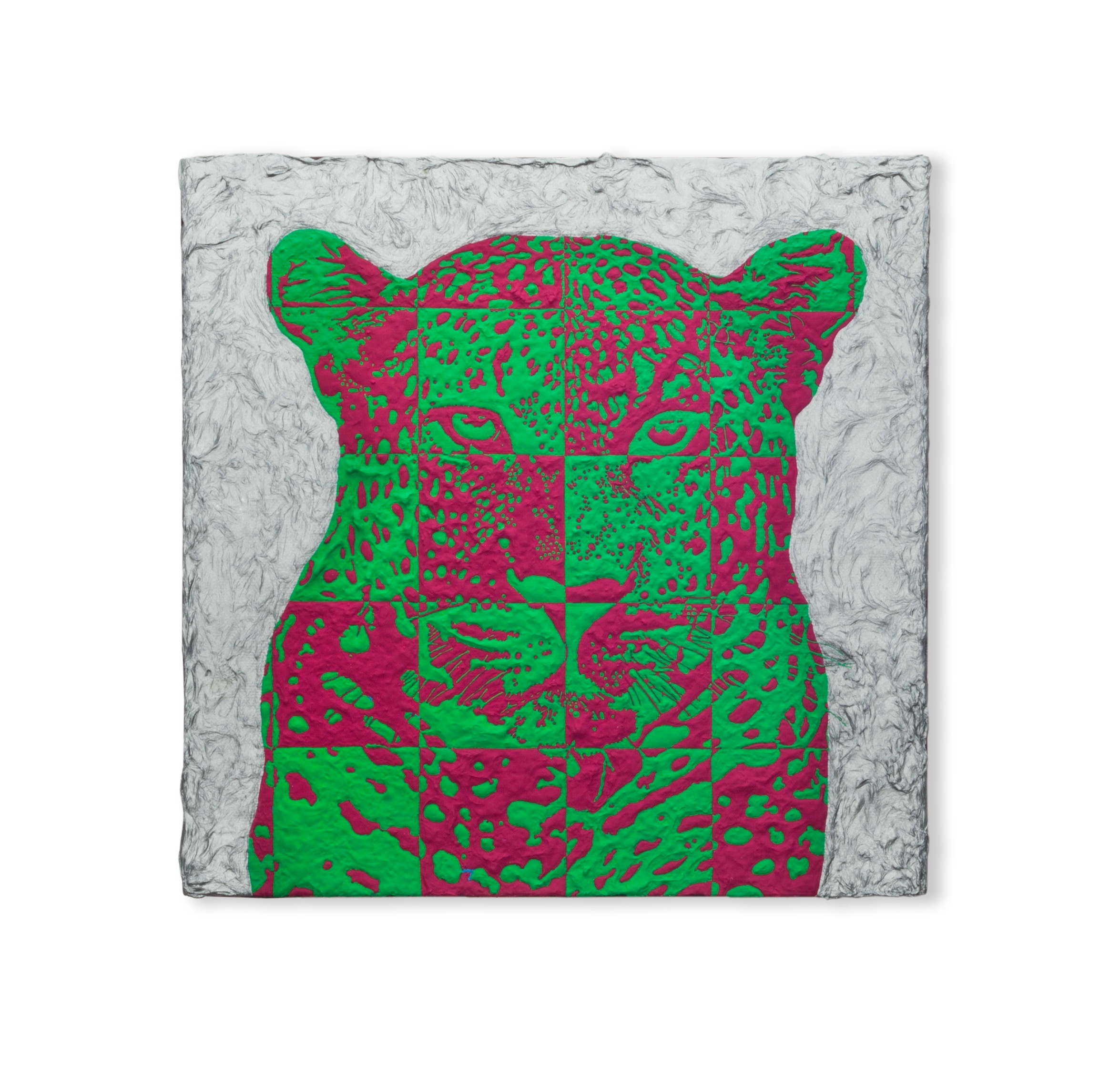“Introspection” - Sri Lankan Leopard
Acrylic on Canvas, 10" x 10" x 1.5"
Original Painting: $900.00
Ready-to-Hang, Limited Edition Archival Metal Print: $300.00
Time to Completion: 35 Days
Ounces of Paint: 13
Custom sizes and materials available for prints. Inquire here.
Human Impacts Resulting in Protected Status:
Poaching & Civil Unrest:
Poaching inside and outside of protected areas of the Sri Lankan Leopard has been steadily increasing over the years, for their coats are highly prized and their bones have started replacing tiger bones for use in traditional medicine practices. Between 2001 and 20015, there have been at least 35 illegal leopard kills in Sri Lanka.
Due to years of civil unrest in Sri Lanka, various conservation efforts for the Sri Lankan Leopard have been hampered, especially in the Wilpattu National Park and eastern regions.
Habitat Destruction:
There is a big effort in Sri Lanka to become a self sufficient entity, driving the production of rice. This increase in rice cultivation results in the destruction of leopard habitat and increased number of leopard-human incidences of contact, usually proving fatal for the Sri Lankan Leopard.
Conservation Efforts:
Protection:
In 1938, the passage of the Fauna and Flora Protection Ordinance put leopards under legal protection. Historically, however, it has been difficult to enforce.
Scientific Research:
Surprisingly very little is known about the Sri Lankan Leopard. Scientists are working to obtain information about the Sri Lankan Leopard’s range use, diet, sociability, behavioral patterns, and demography. This information will be useful in starting the groundwork for long-term conservation efforts.
Scientists are working to understand if the Sri Lankan Leopard is a Keystone Predator [important for environmental balance], and whether or not their extinction may cause a cascading effect on the environment, such as a drastic spike in rodent and small animal populations. Conservation interest and efforts are heavily dependent on these findings.
Profits:
Profits will go to the Leopard Project of The Wilderness & Wildlife Conservation Trust, where scientists are working to study the Sri Lankan Leopard and implement conservation strategies in protected and unprotected areas. They are also working to document poaching and the source of demand for Sri Lankan Leopard products on the local, regional, and international levels.
Source[s]:
The Wilderness & Wildlife Conservation Trust, 2015
Action Without Borders, 2017
Tiger Tribe, 2016
